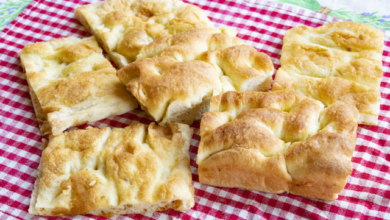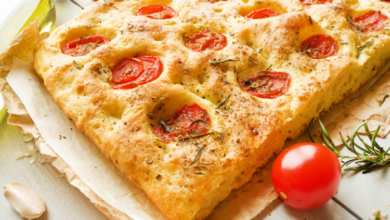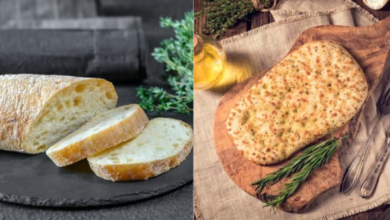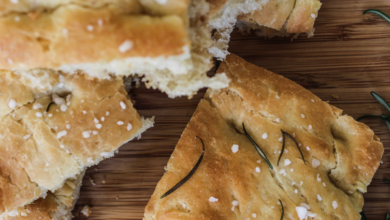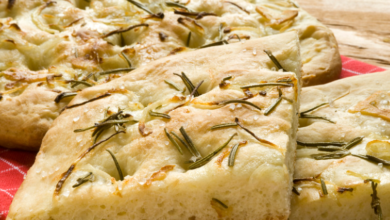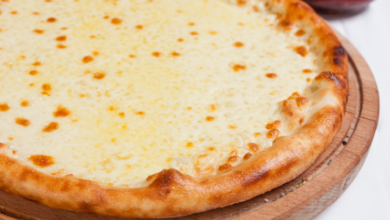Why is my focaccia dough so sticky? I reveal the answer
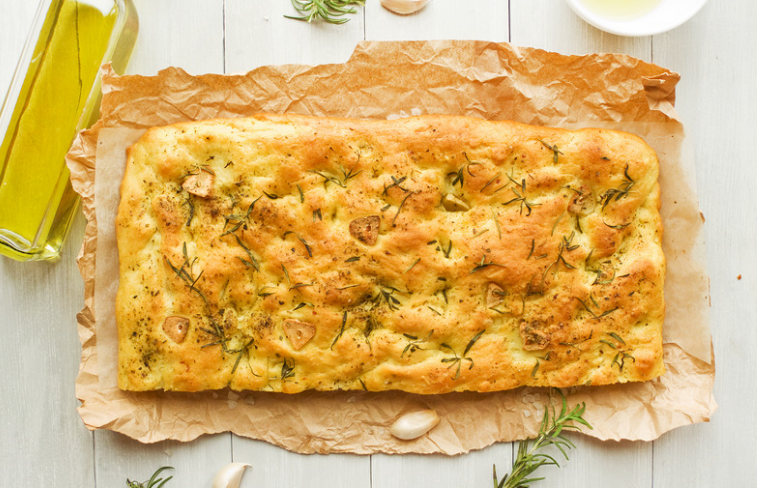
What To Know
- The hydration percentage refers to the ratio of water to flour in the dough.
- Use a kitchen scale to measure the flour accurately and knead the dough until it becomes less sticky.
- Bake the focaccia at a high temperature (450-500°F) for a short period (15-20 minutes) to create a crispy crust.
Focaccia, the iconic Italian flatbread, is known for its airy texture and flavorful crust. However, achieving the perfect focaccia can be challenging, especially when the dough becomes overly sticky. If you’re struggling with this issue, don’t worry, you’re not alone. In this guide, we’ll delve into the reasons why your focaccia dough may be so sticky and provide practical solutions to help you create perfect focaccia every time.
Causes of Sticky Focaccia Dough
1. Insufficient Flour: The most common culprit behind sticky focaccia dough is not adding enough flour. Flour absorbs moisture and provides structure to the dough, so if you don’t use enough, the dough will become too wet and sticky.
2. Too Much Water or Oil: Water and oil are essential ingredients in focaccia dough, but using too much can also lead to stickiness. If you add too much water, the dough will become runny and difficult to handle. Similarly, excessive oil can make the dough greasy and prevent it from forming a proper crust.
3. Incorrect Hydration Percentage: The hydration percentage refers to the ratio of water to flour in the dough. For focaccia, the ideal hydration percentage is around 70-75%. If your dough is too wet (high hydration), it will be sticky, while if it’s too dry (low hydration), it will be difficult to knead.
4. Over-Kneading: While kneading is necessary to develop the dough’s gluten structure, over-kneading can also make it sticky. Over-kneading breaks down the gluten strands, making the dough weak and more prone to sticking.
5. Warm Environment: Focaccia dough is best handled in a cool environment. If the dough is exposed to a warm environment, the fermentation process will accelerate, producing more carbon dioxide gas. This gas can create air pockets in the dough, making it sticky.
Solutions to Sticky Focaccia Dough
1. Add More Flour Gradually: If your dough is too sticky, start by adding more flour a little at a time. Use a kitchen scale to measure the flour accurately and knead the dough until it becomes less sticky. Avoid adding too much flour at once, as this can make the dough dry and dense.
2. Adjust Water Content: If you think you’ve added too much water, you can reduce its content by kneading the dough for longer. The friction generated by kneading will help evaporate some of the excess water.
3. Monitor Hydration Percentage: Use a kitchen scale to measure the amount of flour and water you use. Calculate the hydration percentage by dividing the weight of water by the weight of flour and multiplying by 100. Aim for a hydration percentage between 70-75% for focaccia.
4. Knead Properly: Knead the dough until it becomes smooth and elastic, but avoid over-kneading. Use the windowpane test to check for proper gluten development. Stretch a small piece of dough between your fingers; if you can see through it without it tearing, the dough is sufficiently kneaded.
5. Control Temperature: Keep the dough in a cool environment during the rising process. You can refrigerate the dough overnight or place it in a cool corner of your kitchen.
Additional Tips
- Use bread flour or high-protein flour for focaccia, as it contains more gluten, which helps create a stronger structure and reduces stickiness.
- Allow the dough to rest for at least 30 minutes before shaping it. This resting period allows the gluten to relax, making the dough easier to work with.
- When shaping the focaccia, don’t stretch it too thin. A thin dough is more likely to tear and become sticky.
- Before baking, dimple the focaccia with your fingers to create a classic focaccia crust. This will also help prevent the dough from sticking to the baking sheet.
- Bake the focaccia at a high temperature (450-500°F) for a short period (15-20 minutes) to create a crispy crust.
Conclusion: Mastering the Perfect Focaccia
Creating the perfect focaccia dough is a skill that requires patience and practice. By understanding the causes of sticky dough and implementing the solutions outlined in this guide, you can overcome this challenge and enjoy delicious, airy focaccia every time. Remember, don’t be afraid to experiment with different flour blends and hydration percentages to find what works best for you. With a little effort and these valuable tips, you’ll be a focaccia master in no time.
FAQ
Q: Why is my focaccia dough sticky even after adding more flour?
A: You may have added too much water or oil to the dough. Check the hydration percentage and adjust accordingly.
Q: Can I use all-purpose flour for focaccia?
A: While all-purpose flour can be used, bread flour or high-protein flour is recommended as it contains more gluten, which helps create a stronger structure and reduces stickiness.
Q: What is the ideal temperature for focaccia dough to rise?
A: The ideal temperature for focaccia dough to rise is between 75-80°F (24-27°C). A warm environment will accelerate the fermentation process and potentially make the dough sticky.
